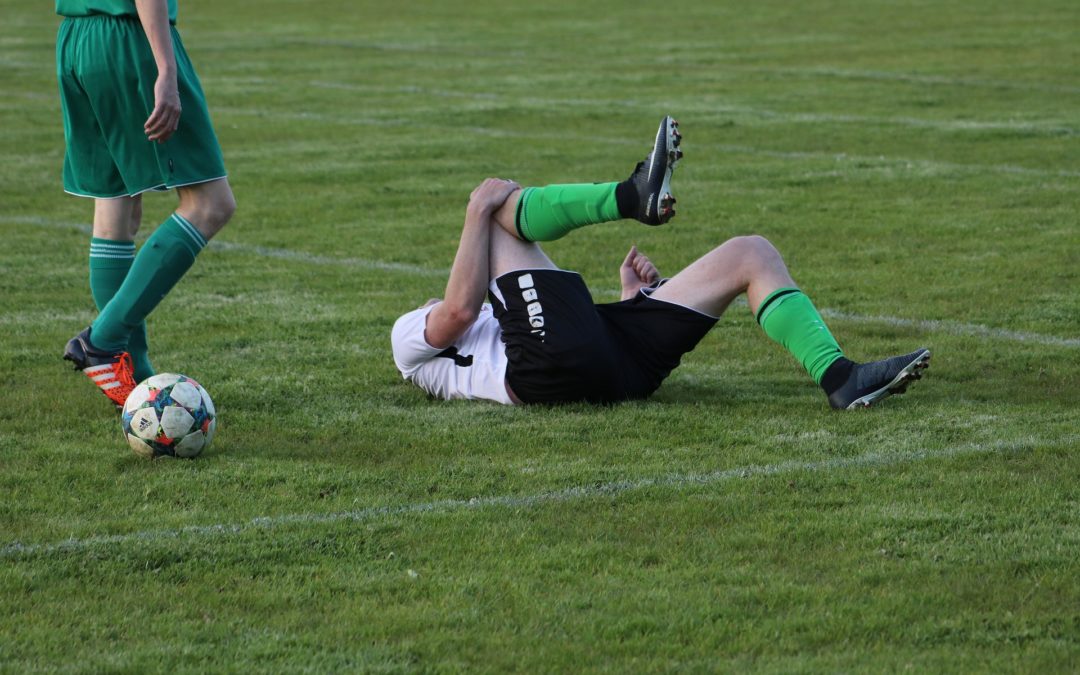Anterior cruciate ligament reconstruction in high school and college-aged athletes: does autograft choice influence anterior cruciate ligament revision rates?
The MOON Knee Group. Am J Sports Med 2020. 48(2): 298-309.
https://journals.sagepub.com/doi/abs/10.1177/0363546519892991
Take-Home Message
About 1 in 5 young athletes with an anterior cruciate ligament (ACL) reconstruction with an autograft had an ACL injury in either knee during the first 6 years after the initial surgery. A person with a hamstring autograft was about two times more likely to have a new ipsilateral ACL injury within 6 years of the initial reconstruction that someone with a bone-patellar tendon-bone autograft.
Summary
Anterior cruciate ligament (ACL) rupture is a common injury in sports that can lead to long-term impairments in an athlete’s quality of life. Some trials have explored how graft type may influence long-term outcomes, but their findings can be challenging to apply to the rest of the population. Hence, large cohort studies can offer real-world evidence to explore if graft type relates to future outcomes, such as ACL graft revisions or contralateral ACL rupture in high school and college-aged athletes. Therefore, the MOON Knee Group used data from a prospective 6-year cohort study to identify the incidence of ACL graft revisions and contralateral ACL injuries among high school or college-aged athletes who previously received a bone-patellar tendon-bone or hamstring autograft. A total of 770 participants (out of 839 eligible participants) had a primary ACL reconstruction at 1 of the 7 sites in the consortium and completed the 6-year follow-up assessment. At 6 years after surgery, the study staffed asked participants if they had any ACL graft revision or contralateral ACL tears resulting in a new ACL reconstruction. Overall, ~20% of participants had an ipsilateral (9%) or contralateral (11%) injury within 6 years of the initial surgery. A patient with younger age, high-grade knee laxity, or hamstring autograft was more likely to experience an ipsilateral ACL revision than peers. Specifically, a person with a hamstring autograft was about twice as likely to experience a new ipsilateral ACL injury. Graft type was unrelated to a contralateral ACL injury.
Viewpoints
Overall, these findings highlight that we need to be more proactive in helping patients avoid a new ACL injury after their first surgery. Furthermore, someone with a hamstring autograft may be more likely to reinjure the ipsilateral knee. These findings complement findings from two population-based cohorts and a clinical trial, which indicated that a hamstring autograft might be related to a greater chance of ipsilateral reinjury. It would be helpful to understand more about the care (e.g., rehabilitation, return to play protocol) and activities (e.g., level of competition, sport, position) within the follow-up window and how they influence the risk of a new injury. It would also be helpful for clinicians to know about any technical differences in surgical techniques and how these may influence outcomes. Until these studies can be completed, clinicians should make sure to discuss with their patients the patient’s expectations so that all clinical decision-makers are well informed. Furthermore, as an athlete prepares to return to activity, it may be beneficial to incorporate critical elements of an injury prevention program to help reduce their risk of a new injury and ensure they qualify for return to play.
Questions for Discussion
How do you talk to patients about the selection of an ACL graft? How do you reduce the risk of injury to either knee after an ACL reconstruction?
Written by: Kyle Harris
Reviewed by: Jeffrey Driban
Related Posts
ACL Autograft Selection Revisited
Graft Type May Influence ACL Reinjury Rates
Patellar Autograft Maybe Better to Avoid Revision
Young and Active = Lean Towards Autograft



I would inform my patient about all of the possible graft options and then be a resource for them to ask questions regarding what graft would be best for them specifically. I feel this decision should be made solely by the patient with no influence from the athletic trainer other than a simple opinion of experience with previous grafts in previous patients. To reduce the risk of injury to either knee following ACL reconstruction, the patient should do daily rehabilitation and strengthening exercises to maintain the integrity of both limbs.
Hi Emily:
Thanks for the comment. I would also suggest that the athletic trainer plays an important role in educating the athlete about the pros and cons of their options. This is key to enabling the patient to make an informed decision as part of a shared-decision making process.